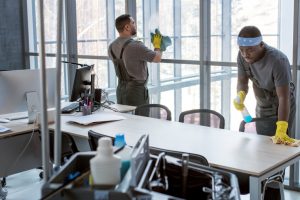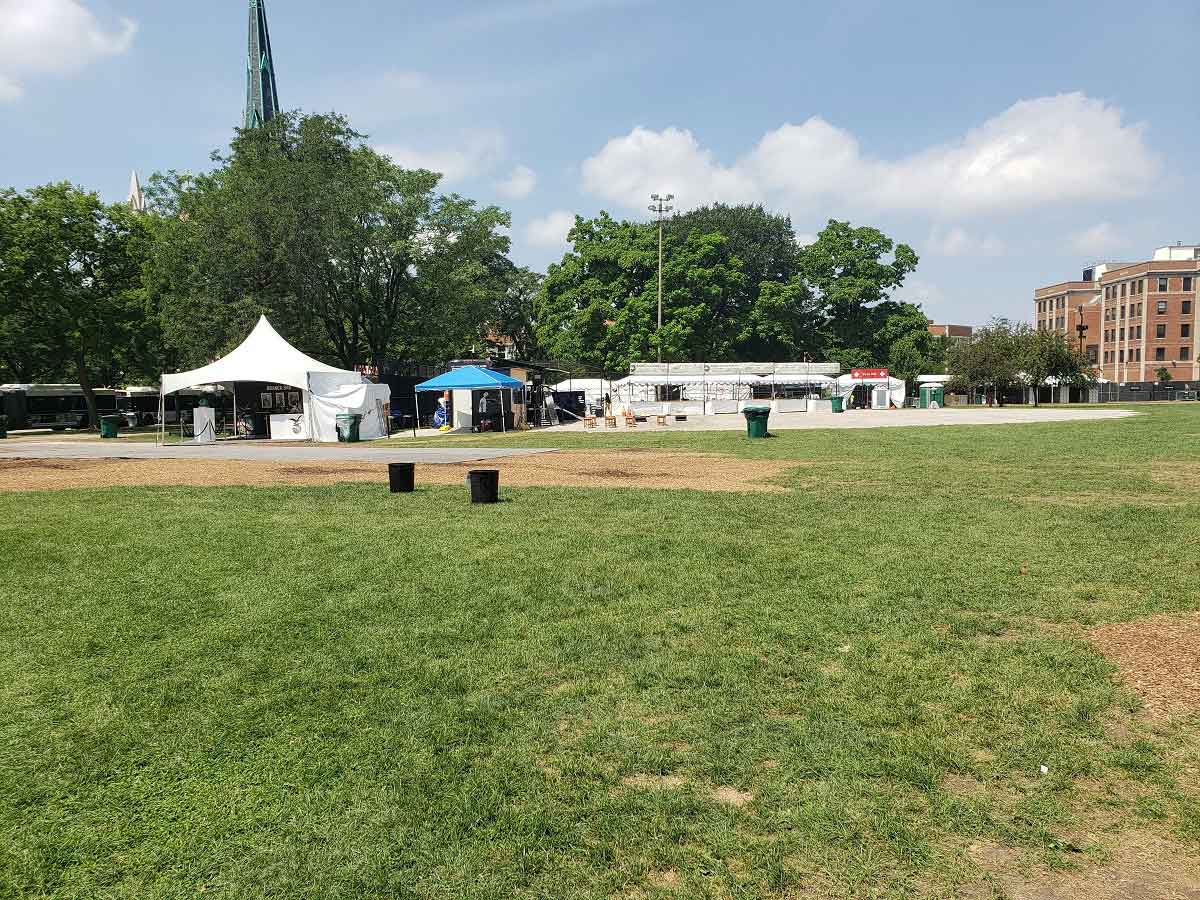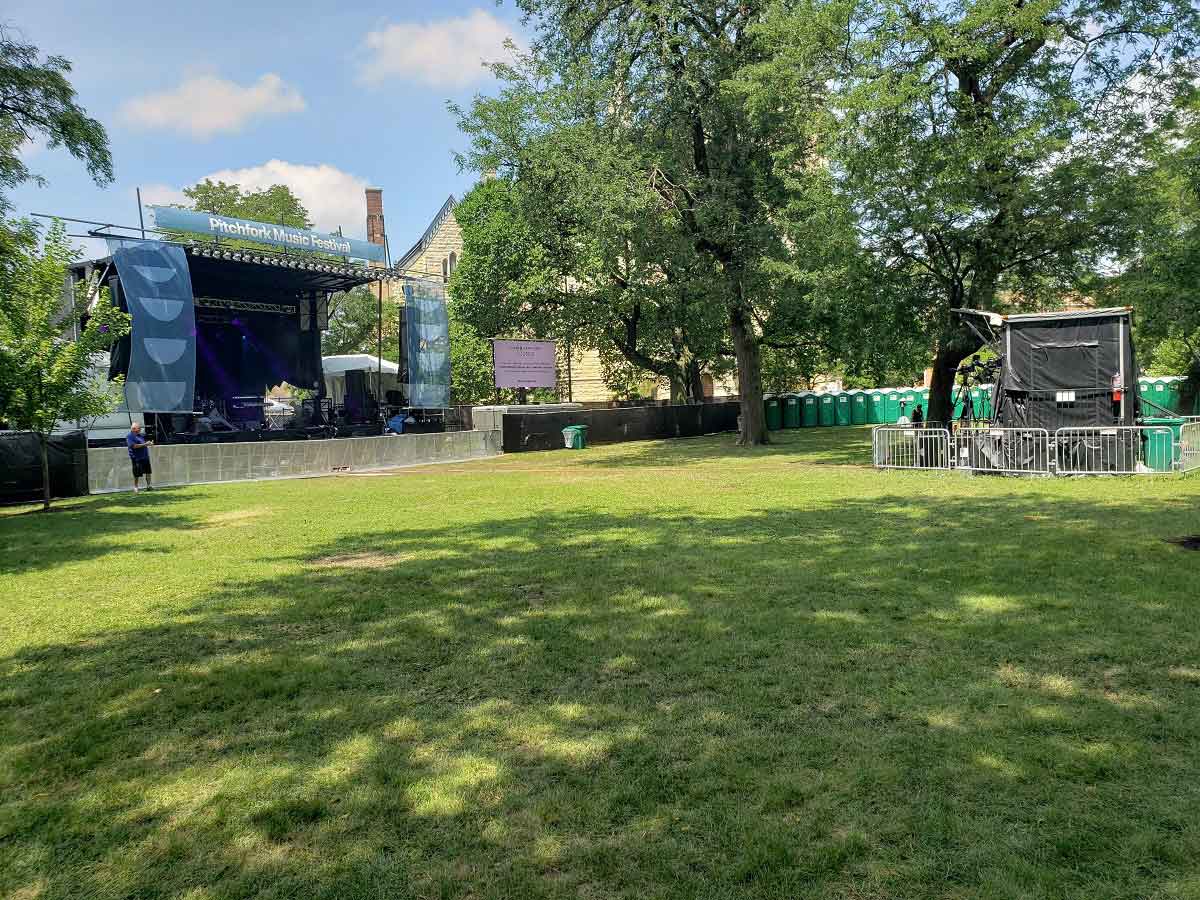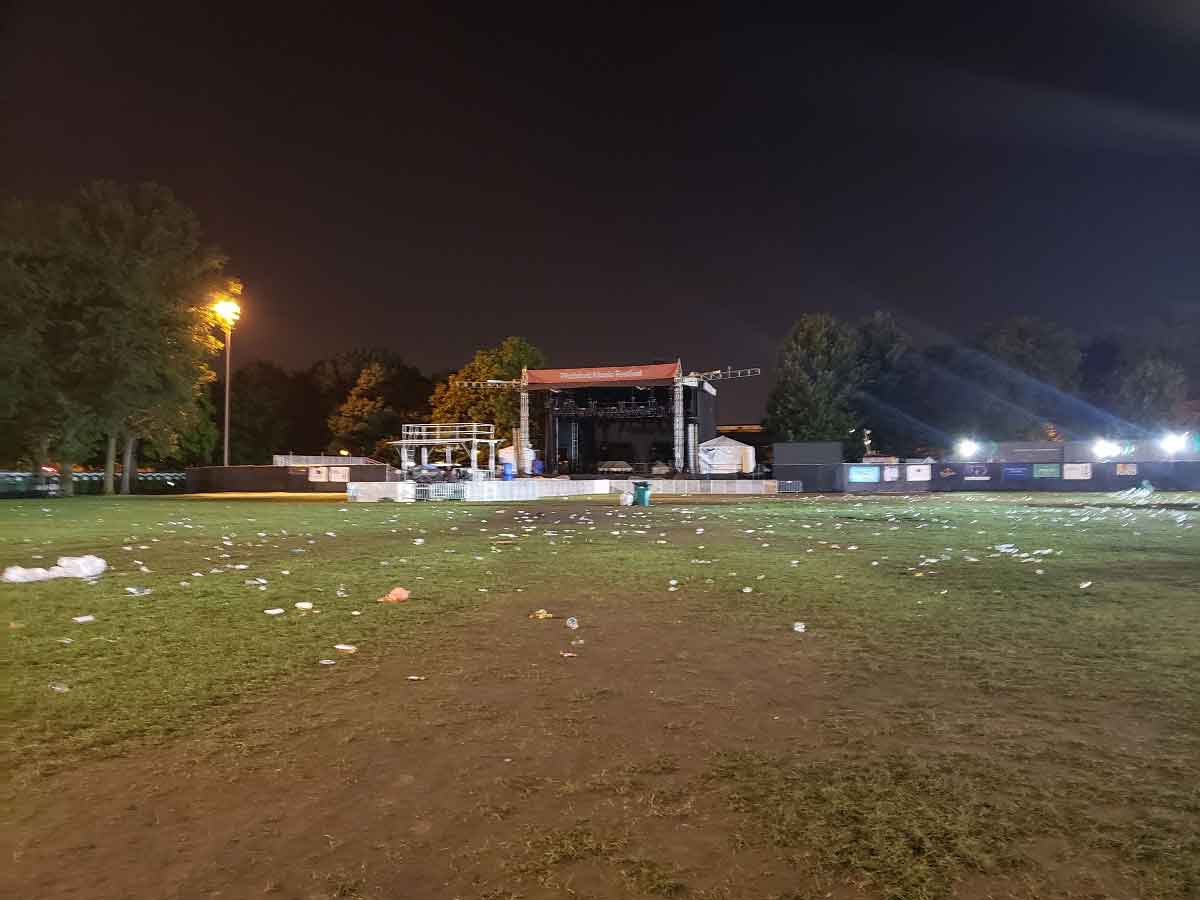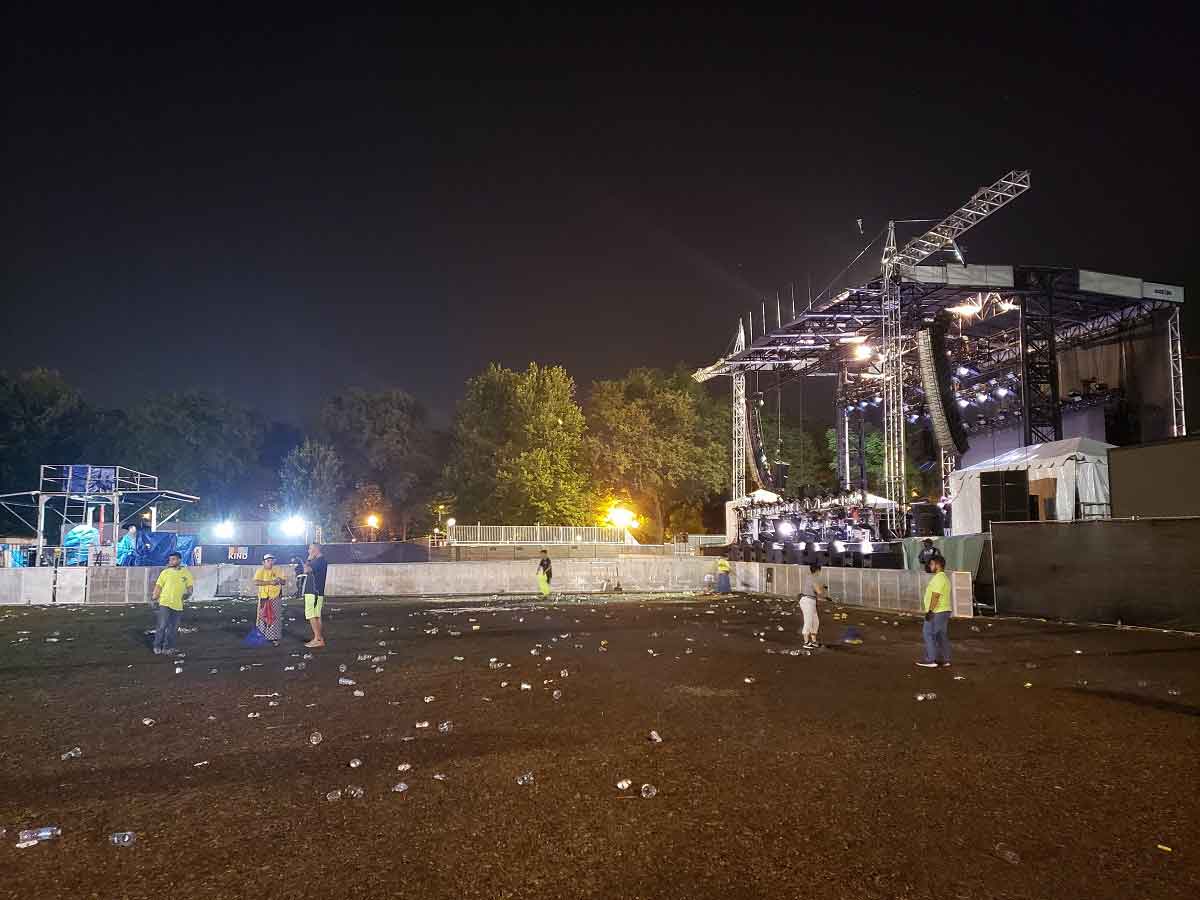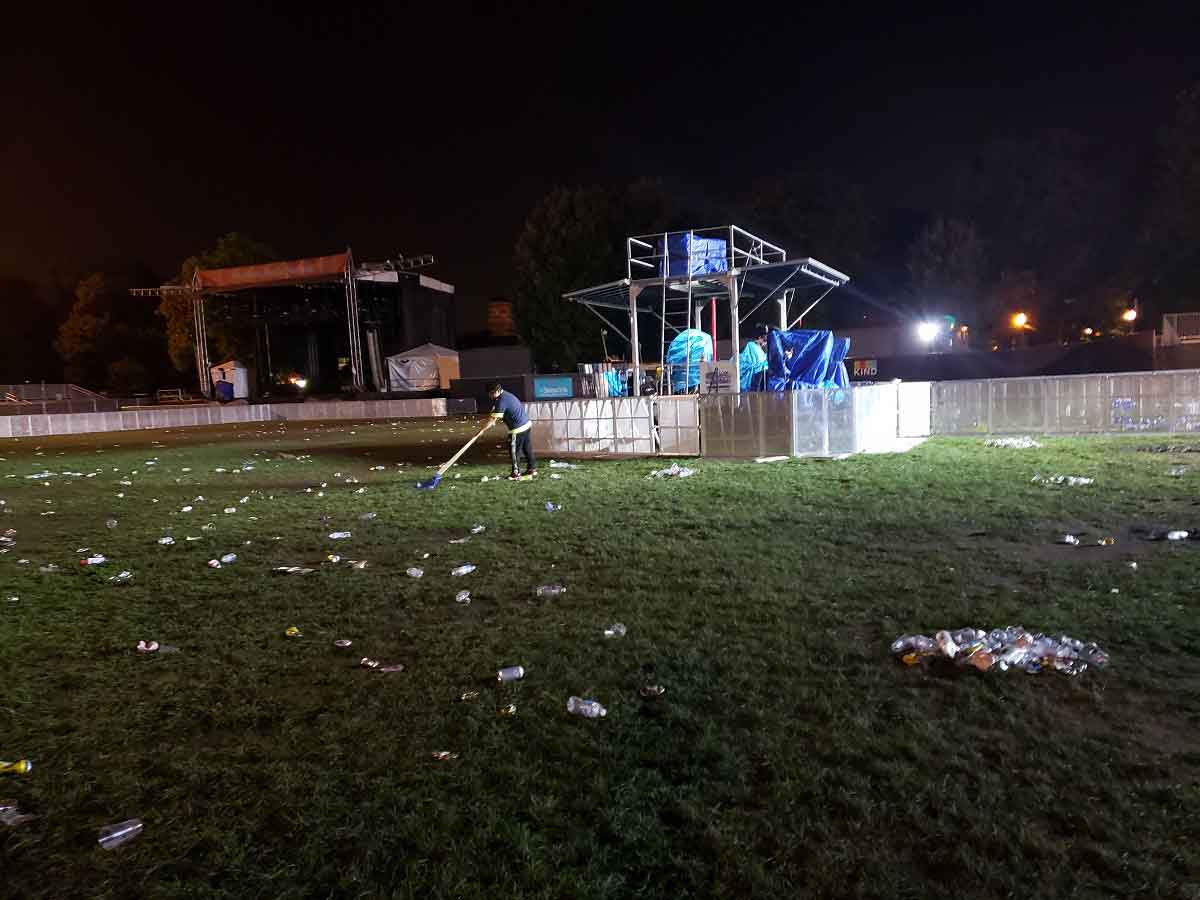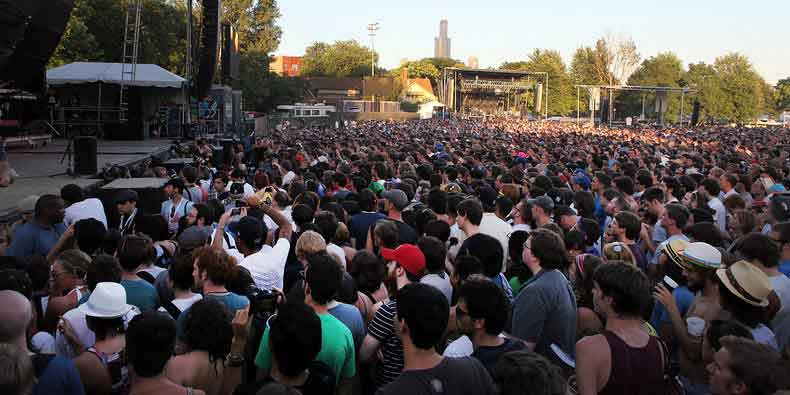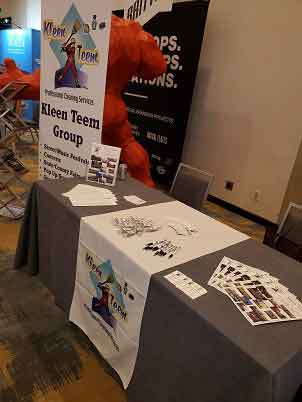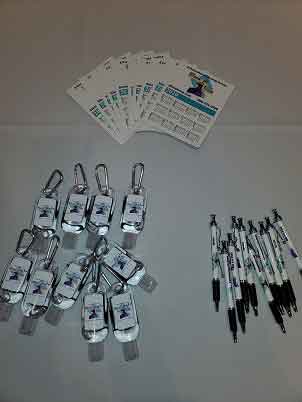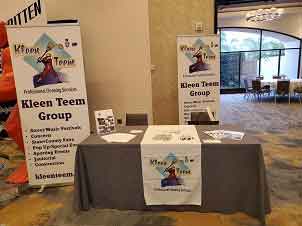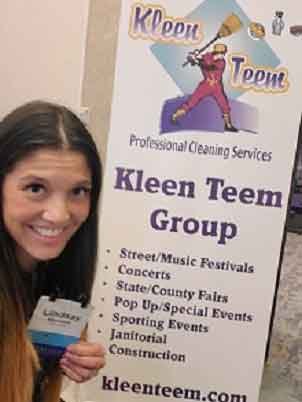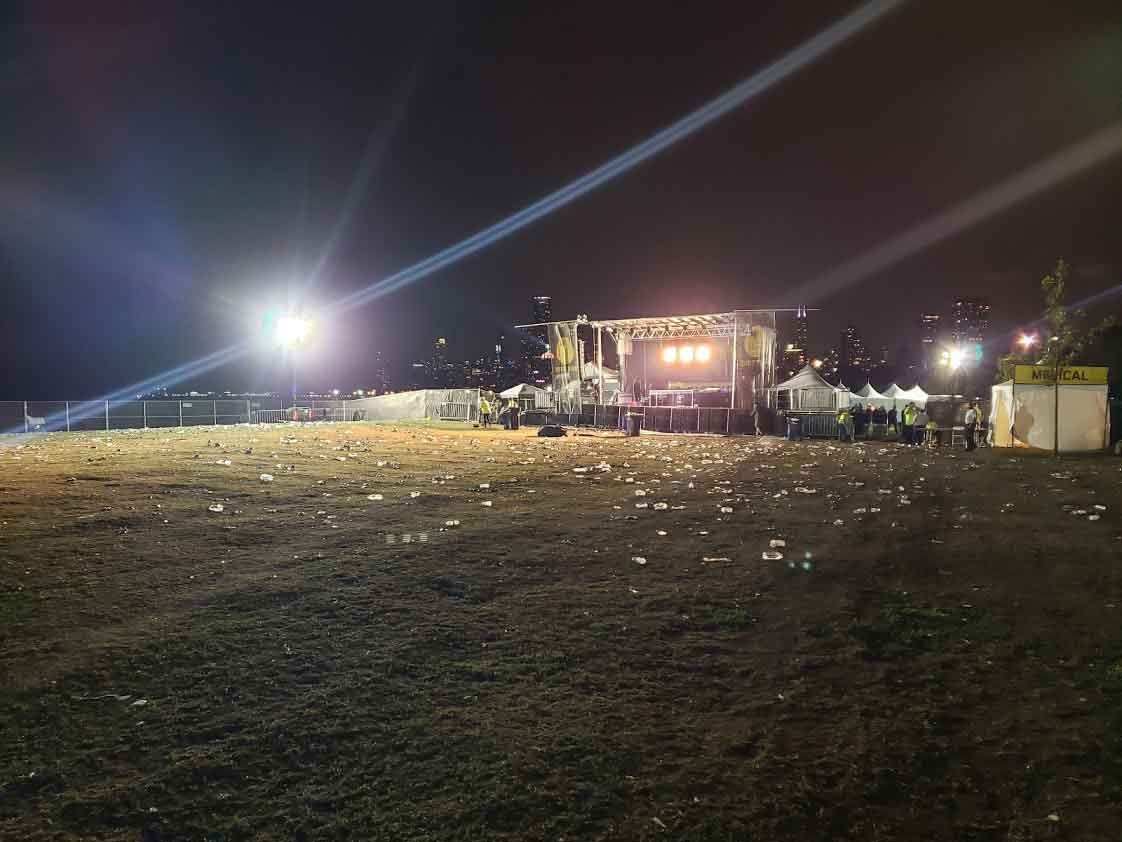Why Professional Disinfection a pre-requisite for safe post-pandemic re-openings:

As businesses across all sectors affected by Illinois Gov. J.B. Pritzker’s stay-at-home order since March 21 contemplate re-opening, most will face a myriad of challenges not only to their conventional business models, but to emerging external threats that may leave them vulnerable to legal or regulatory edicts.
As the headwinds of the potential for insurance carriers’ limitations on liability or States enacting changes to workers’ compensation laws intensify, these may soon develop into another front on an already crowded battleground, as business owners and management begin to navigate a path toward stabilization.
At a minimum, companies should heed federal safety guidelines, as well as industry-specific procedures issued by state and local authorities. Some of these measures are policy related (e.g. occupancy limits,compulsory face coverings), while others include expenditures for FF&E (e.g. installing sneeze guards at point-of-sale, contactless payment systems). In either case, while initially burdensome, most would agree these represent common sense measures that protect customers and staff, while also allaying their fears of patronizing your business or coming to work. However, one tenet in these new policies, enhanced cleaning or disinfection measures, becomes conspicuously peculiar after some topical research.
Disinfecting only kills the bacteria or strain for the duration of that product’s dwell time (or contact time), which is the amount of time the treated surface must remain visibly wet in order to kill pathogenic microorganisms, before the disinfectant evaporates or is wiped off. Therefore, since there is absolutely no efficacy to kill or protect against harmful bacteria beyond itsdwell time, investing only in conventional means of disinfection would not be cost effective; nor could it be reasonably achieved in most facilities with any semblance of movement velocity by staff, clients, or vendors, without interruption, due to the need for multiple disinfectant treatments, daily.
Hence, there would be little or no economic benefit to investing in a process that only disinfects, without contemplating the benefits of also applying a surface protectant, which bonds with the treated surface, and creates a barrier, impervious to pathogens or other harmful bacteria.
Consider the traffic during the course of a typical workday, where customers, staff, vendors, and guests engage in ingress and egress numerous times throughout the premises. The permutations to even calculate the risk of just one person from elsewhere, coming into contact with a harmful pathogen that may trigger an unwelcome outcome, are immense.
Fortunately, a water-based antimicrobial agent that was originally developed and registered with the EPA in the mid 1970’s offers an affordable solution to the sustainability issue with regard to long-term viral remediation. The science underpinning its performance can be summarized as the manipulation of chemistry to produce the same atoms and molecules on a macro-scale. Once applied, it imparts antimicrobial properties into a positively charged polymer that molecularly bonds to any porous or non-porous surface, and disrupts the cell membrane of allmicroorganisms that come into contact with the activesurface.
Kleen360 uses disinfectants (only products on the ‘N-List’ that meet the EPA’s criteria for use against the pandemic-causing viruses), only once in its Disinfection & Viral Remediation services process. Next, they apply a surface protectant,Purbloc®, to the treated area. Purbloc® is a non-toxic, food-safe (NSF 51 approved, subject to FDA regulations), and residue-free antimicrobial barrier featuring patented Nano Formulation Technology, that is proven safe and effective against enveloped viruses, including viruses and other pathogens, on porous and non-porous surfaces, for up to 90 days.
For an effective, responsible, and economically sustainable gameplan to protect your business or facility, consider Kleen360’s custom solutions for long-term viral remediation.



